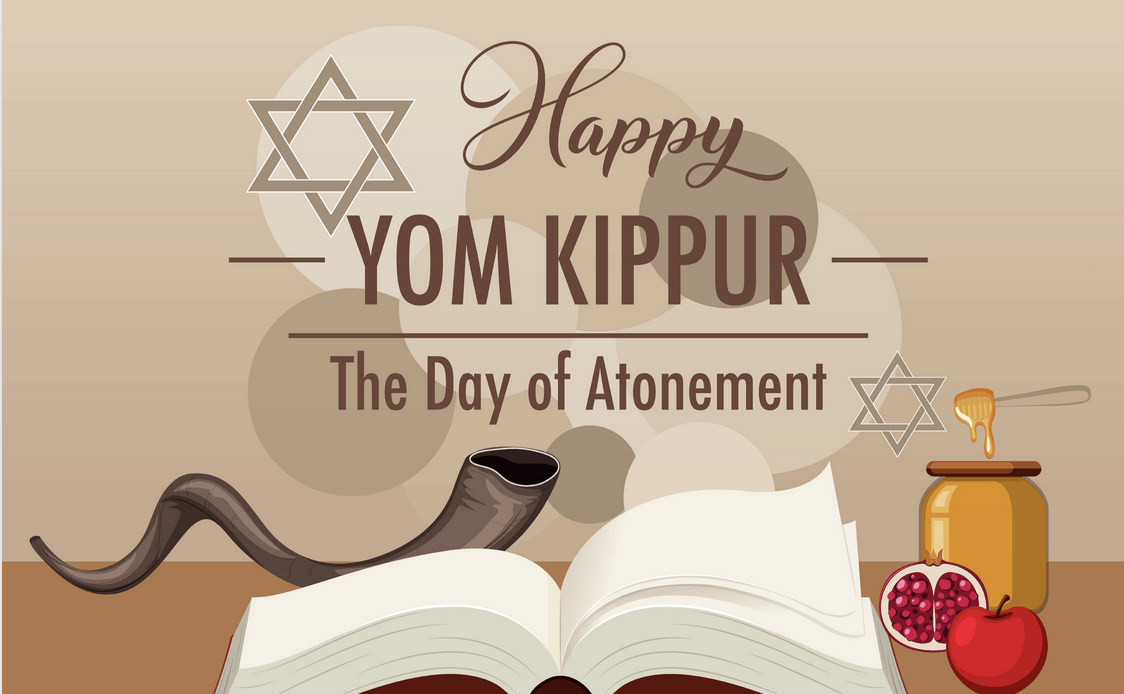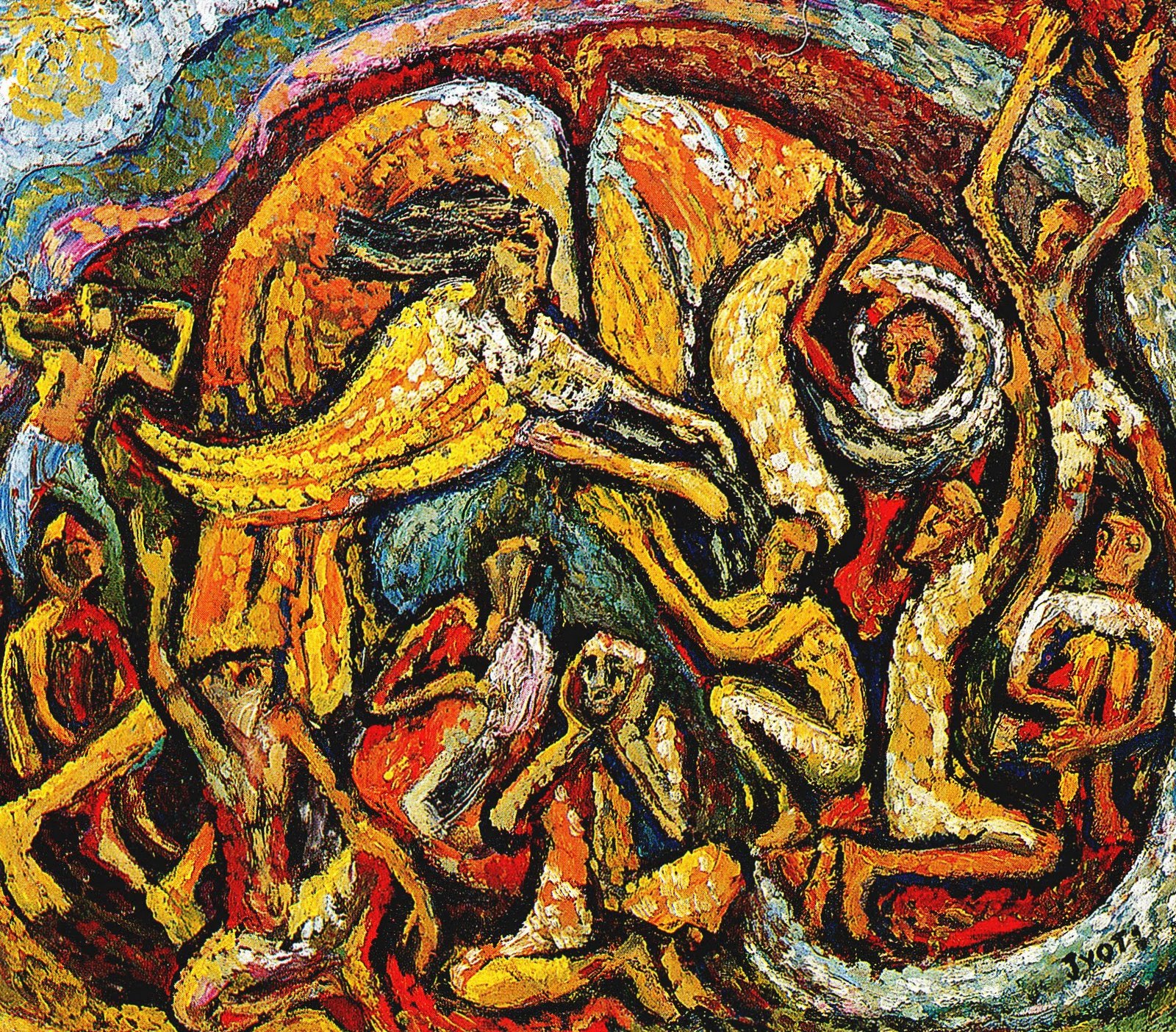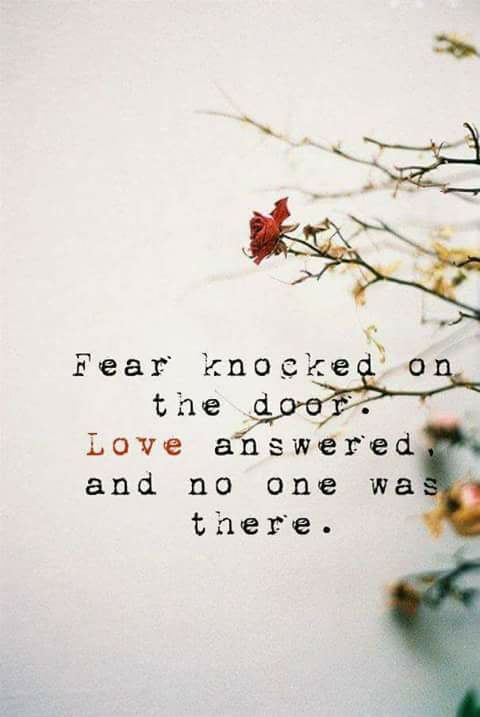Yom Kippur 2023
Yom Kippur 2023 began on the evening of Sun, Sept 24 and ends on the evening of Mon, Sept 25. Yom Kippur is the holiest day of the year, when we are closest to G‑d and to the essence of our souls. Yom Kippur means “Day of Atonement,” as the verse states, “For on this […]



